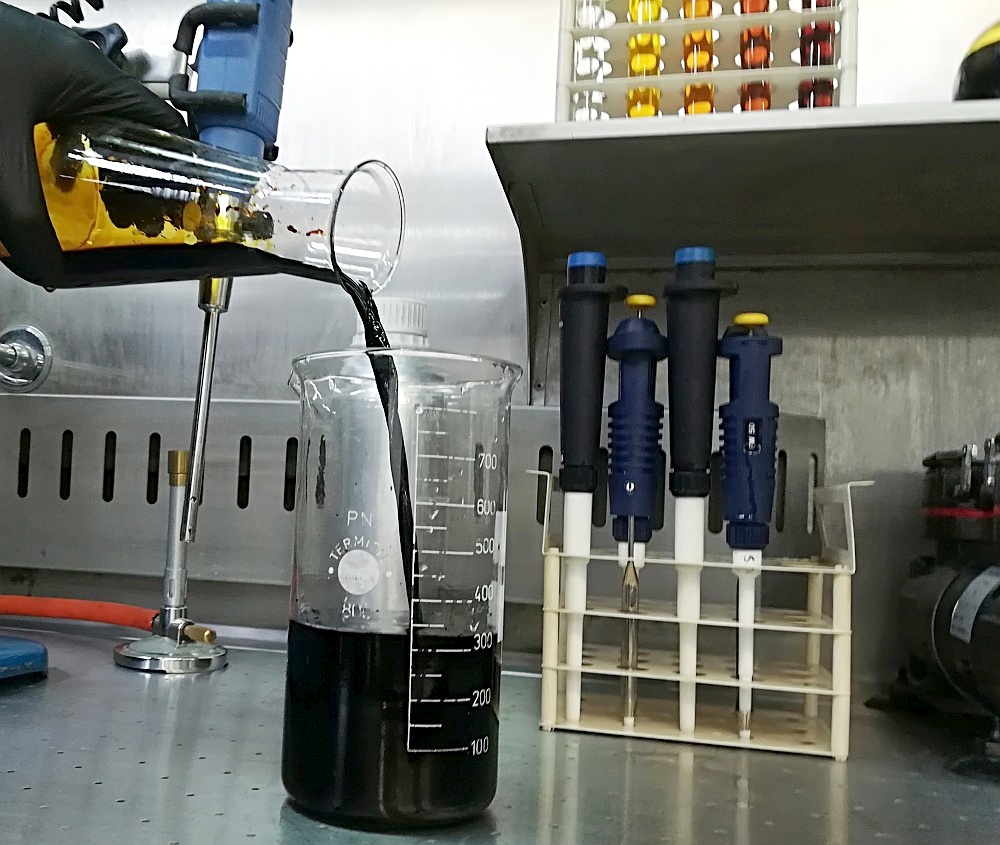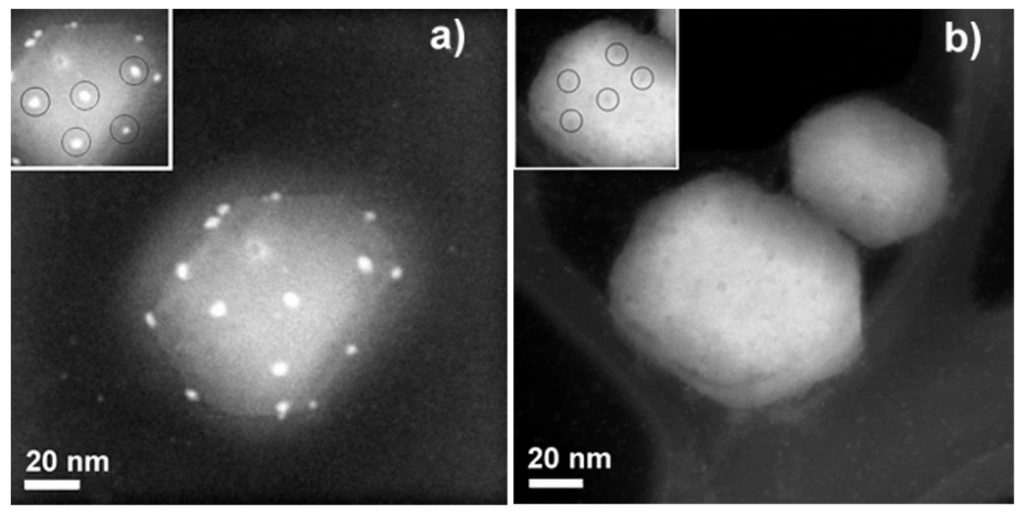We are pleased to announce that our company is participating in a research project on developing an effective method of treating the COVID-19. The author of the concept of the project and its leader is Dr. Oron Zachar representing Vytonic Ltd. The previous work of Dr. Zachar has shown the possibility of using nanosilver with specific physicochemical parameters for the minimally invasive method of inactivation of SARS-CoV-2 coronavirus at an early stage of infection. Due to the fact that the proposed method of treatment uses ultrasonic inhalers, the proposed strategy can ultimately be implemented in health facilities and at home. Moreover, the proposed strategy can potentially be used to fight other viral and even bacterial infections of the respiratory system. Among bacterial infections, today biggest problem consist ventilator associated pneumonia (VAP) in patients treated in intensive care units. The potential of the method proposed by Dr. Zachar, the results of preliminary research and the fact of using nanosilver, which is the domain of our activity, caused that we decided to get involved in this project as a supplier of nanomaterials.

Both viral and bacterial infections described above originate in the nasopharynx and / or bronchial trees. Deterioration occurs with the infection moving along with inflammation to the lower respiratory tract. With the development of infection, the immune response is exacerbated, which can further worsen the condition of the infected person. For this reason, the most desirable period of inhibition of pathogen proliferation is the initial stage in the upper respiratory tract, during which the majority of diagnosed patients are at home with mild symptoms or in hospitals before the need to assist the respirator.
Scientific researches and application tests well document the antiviral and antibacterial properties of silver nanoparticles. They are currently used in medicine, especially in wound dressings. While ionic silver (i.e. silver salt solutions) have a stronger effect (but in a shorter time), the properties of nonionic, metallic silver are about 10 times stronger than viruses (which is illustrated, among others, by tests on HIV). It is important that metallic silver also releases ions into the environment over time. Presumably, silver nanoparticles inactivate glycoproteins located on the surface of virions and inhibiting their penetration into cells. In addition, silver nanoparticles can already block viral replication in infected cells by interacting with viral, and cellular factors, as well as viral nucleic acids.

Numerous scientific evidences indicates that the size of silver nanoparticles is a parameter that has a crucial effect on antiviral properties. The smaller nanoparticles work more effectively, which is manifested in a decrease the minimal inhibitory concentration of nanosilver (MIC) against pathogens. Researches using HIV are particularly valuable because it has a similar size to the SARS virus (HIV – 120 nm, SARS – 100 nm) and a similar structure (both are coated viruses containing positively polarized RNA molecules, where SARS has a single strand, and HIV double). It is particularly important that the dimensions of nanoparticles are significantly smaller than the size of virions. For this reason, nanoparticles with dimensions <15nm are particularly active and among them the optimum are particles in the 3-7 nm range.

Importantly, the stabilizers used during production can modulate the antiviral activity of silver nanoparticles. The commonly used stabilizer – povidone – can reduce the activity of nanoparticles stabilized with it. Due to the extensive experience of our company and the numerous methods of silver colloids synthesis we developed with using a wide range of stabilizers, we proposed a selection of colloids with the best-suited parameters for clinical tests conducted by Dr. Zachar. Particularly noteworthy are colloids stabilized by substances of plant origin (which is part of the so-called “green chemistry” trend), which, in addition to stabilizing silver particles, can reduce the inflammatory response in the respiratory tract.
In addition to silver colloids, we selected for testing innovative colloids based on transition metal oxides, stabilized with plant extracts. Our microbiological tests have brought surprising results, which is why we will try to evaluate the possibility of their use in COVID-19 therapy proposed by Dr. Zachar.
We hope that the knowledge and experience we have gained will be be helpful in the development of this promising project. We also encourage you to read the article prepared by Dr. Oron Zachar: